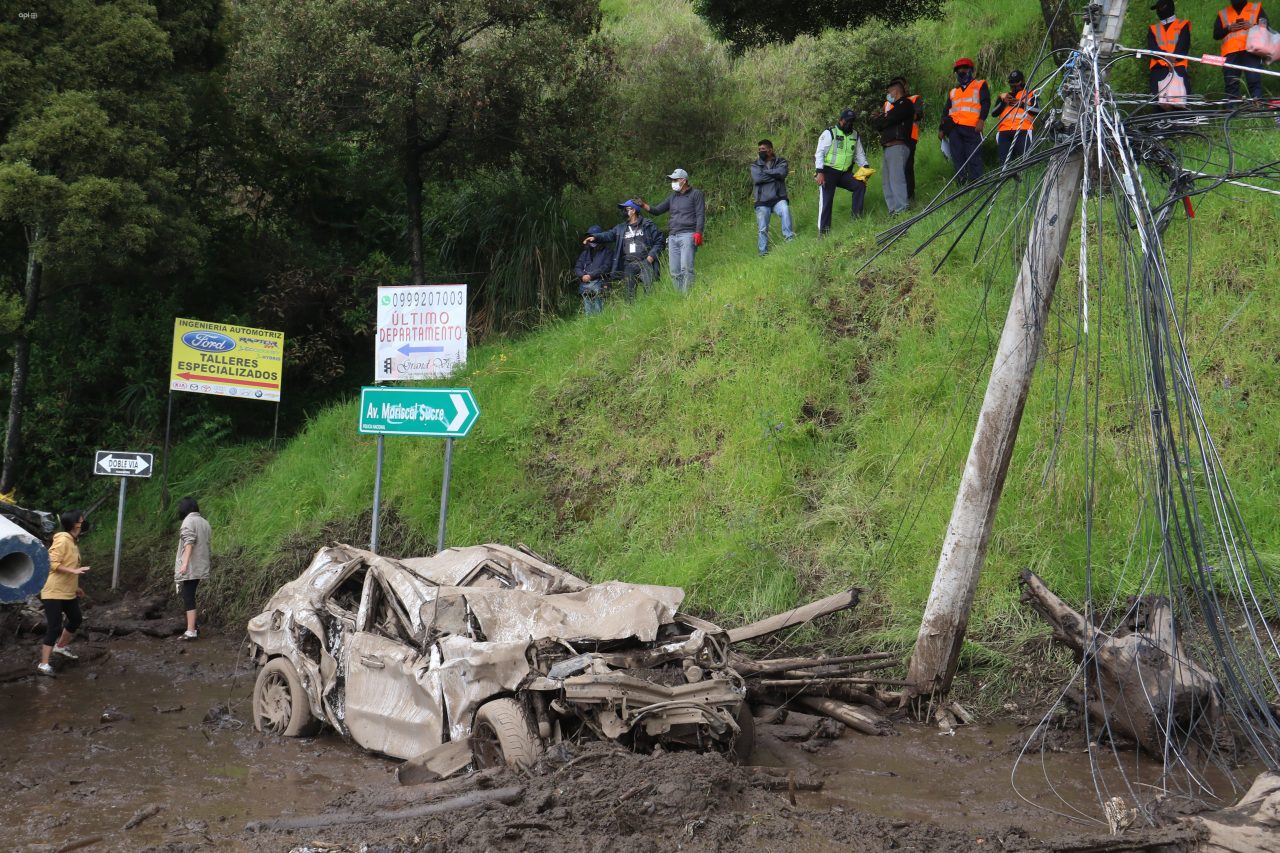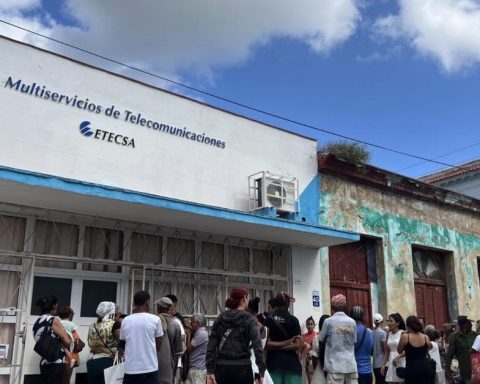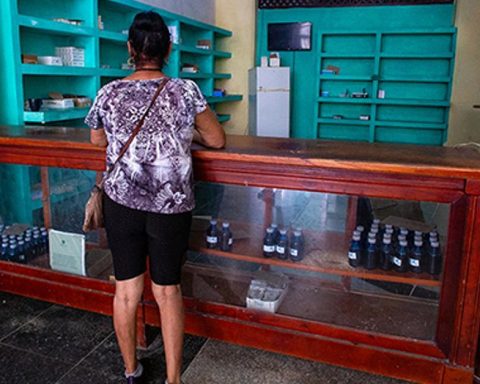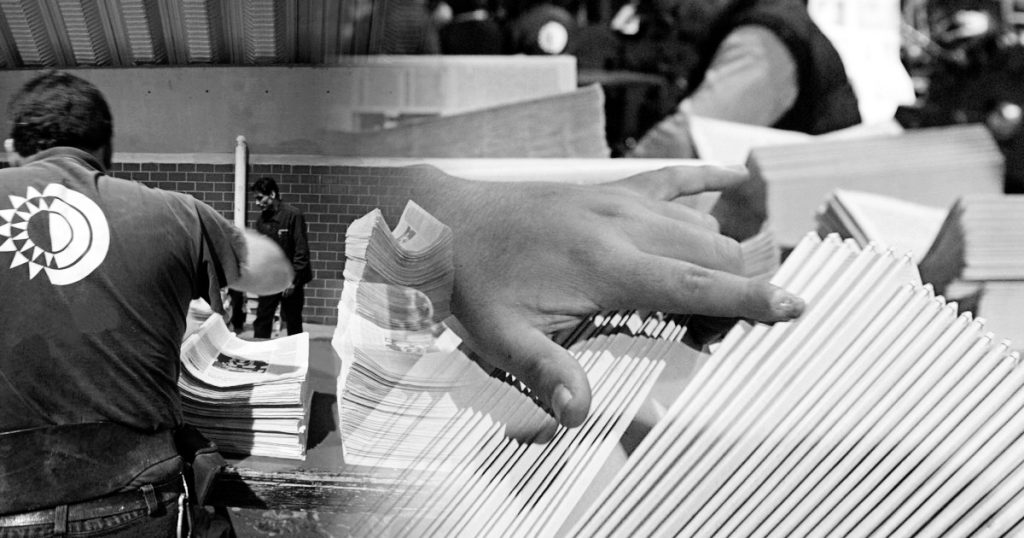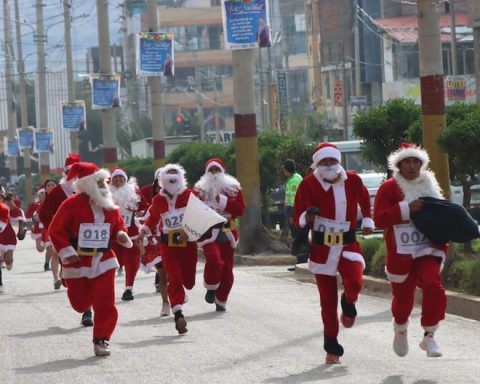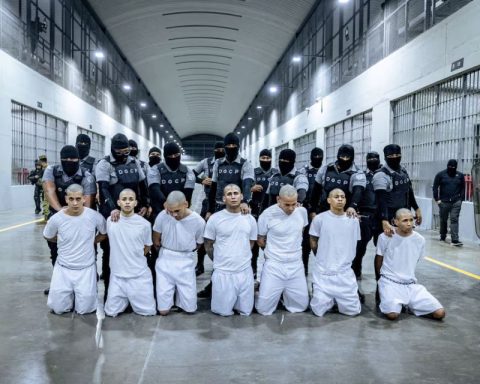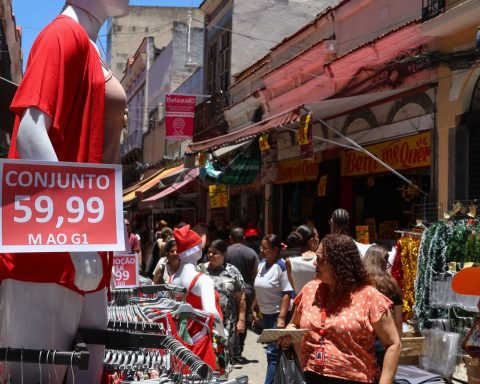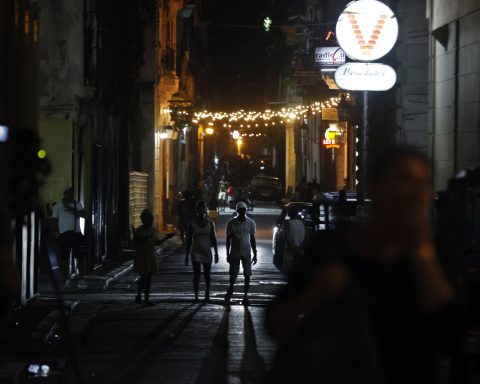In 2021, the Municipality of Quito allocated $13 million for the execution of the rain plan, which includes the management of streams.
“A flood destroyed everything in its path in La Gasca (in the north center of Quito). Two people died and several houses were affected”, this is how this event was reported on February 26, 1975.
47 years later — on January 31, 2022 — The tragic moment is repeated, which “is not a natural disaster,” says Cristopher Velasco, president of the Association of Professionals in Risk Management of Ecuador.
Velasco details the actions and inactions that led the capital to experience a flood that has left so far: 22 dead, 48 injured, two people in critical condition and more than 20 missing.
“These disasters are not natural, nor are they divine punishments, they are social constructions. They go through the action or omission that we human beings and institutions take”, Cristopher Velasco, president of the Association of Professionals in Risk Management of Ecuador.
Quebradas de Quito, without risk treatment
Santiago Guarderas, mayor of Quito, mentioned that the flood was caused by intense rains that exceeded 75 liters per square meter, something that had not been recorded since 2003.
Velaco says that the flood of 1975 already generated a logic to understand what is the cause of the ravine. “But what has happened is that the human growth that we are having is accelerated and sometimes disorganized. Informality has led us to make settlements on the ravines”.
According to him Strategic Risk Plan 2021-2024, in Quito there is a population growth of around 2% per year of services and requirements in the field of mobility and public space. This is why Velasco says that the authorities must work on the regulation of neighborhoods and understand their level of exposure and whether or not it can be mitigated.
Misinformation and lack of regulation
In the El Tejado ravine, where the flood occurred, the families say that they arrived more than 30 years ago and that they have never been informed that they are in a risk zone.
“Here the Municipality has not come. Here they left us the rubble from when the Occidental and then the Cable Car were built and that is how it stayed, ”says Manuel Criollo, while he cleans the mud that entered his house on the night of January 31, 2022.
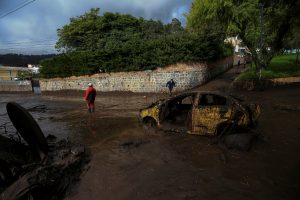
Quito has more streams at risk
In Quito, the risks are not only in the El Tejado ravine and it is not the first time that this has been discussed. On January 14, 2022, the group ‘Fighting for the Quebradas’, made up of people affected by the slopes, gathered outside the Constitutional Court and demanded action for the houses that are in danger.
And it is that residents of the La Esperanza sector, in the Monjas River basin in the north of Quito, say they fear that such a tragedy will affect them. They assure that they have gone ahead to ask for solutions and that “no administration has paid attention to them”, despite the fact that in 2021, the budget for the execution of the rain plan, which contemplates the management of streams, had a fund of $13 million.
“For prevention and mitigation works, $1.4 million will be allocated to the emergency and intervention fund with machinery,” detailed a statement from the Mayor’s Office at the time, with Jorge Yunda at the helm.
“What is the action? Come later when everything has already happened. We don’t even know if we’re going to be able to build our houses here again or where to go,” says Olga Chamorro, a resident of La Gasca.
Claims without solutions
In 2021, a prevention plan was not seen in the Carretas stream, in Carapungo. In October of that year, 100 properties were affected after the rains and the landslide. Estefanía Pabón, president of the ‘Quebrada Carretas in danger’ collective, says that they have had a years-long struggle for solutions.
LA HORA requested information from the Secretary of Security to know what the current emergency budget is, as well as the other emergency points due to rains; Until press time, there was no response.
However, during a tour, Daniela Valarezo, Secretary of Security, said that they are developing an action plan.
In addition, a report from the Security Secretariat (2022) details that the COVID-19 pandemic and the constant change of municipal authorities (Yunda-Guarderas conflict) have slowed down actions to remediate critical points.
What to do now?
Cristopher Velasco, president of the Association of Professionals in Risk Management of Ecuador, says that there are three fields to provide definitive solutions. For example, one risk management law that regulates the responsibilities of the central or sectional government. The project was presented 14 years ago. “There it is difficult to know what to do and there is a lack of legal issues.”
In addition, Ecuador does not have a home insurance policy. “Those are the priorities as public policy.” It is also necessary to strengthen prevention with the community during a sudden event, mainly in risk areas “the family must know where to find themselves during these events such as those in Gasca,” says Velasco. (AVV)

API / Juan Ruiz Condor
